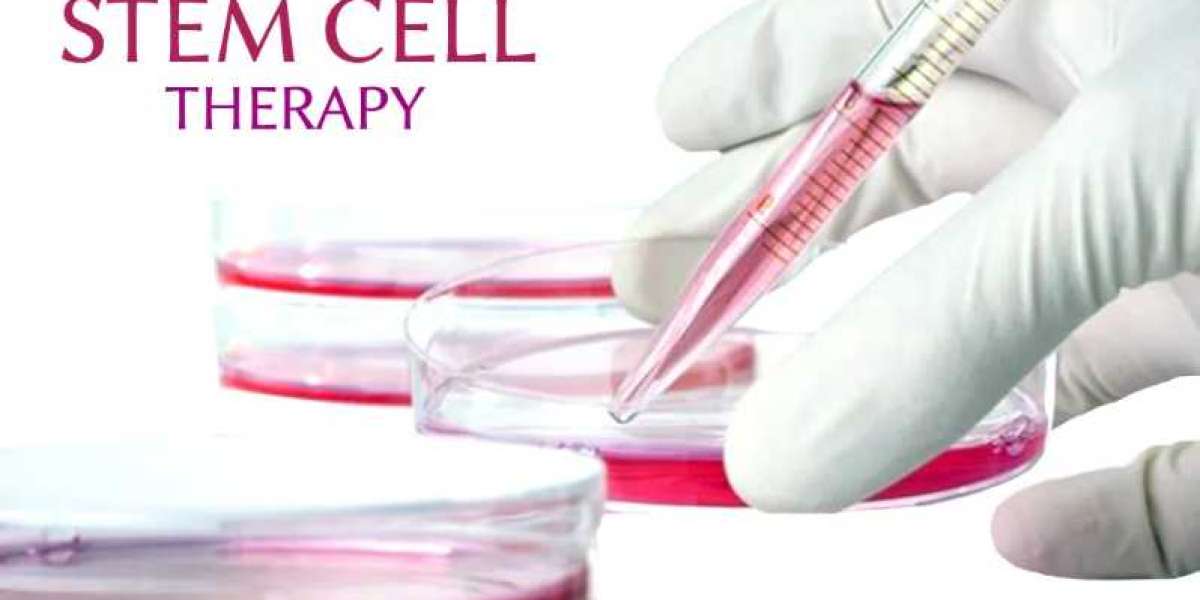Stem cell treatment is a promising area of research. This therapy holds the potential to revolutionize the treatment of intellectual disabilities. By focusing on cellular regeneration and repair, it could offer hope where traditional treatments fall short. Intellectual disabilities, which affect cognitive functioning, can severely impact quality of life. Stem cell therapy aims to address the root causes, potentially reversing or alleviating symptoms. This blog will explore the potential of stem cell treatment for intellectual disabilities, examining the science, current research, benefits, challenges, and future prospects.
Understanding Intellectual Disabilities
Intellectual disabilities (ID) are characterized by significant limitations in intellectual functioning and adaptive behavior. These limitations originate before the age of 18. They affect many aspects of daily life, including communication, social skills, and self-care. Intellectual disabilities can result from genetic conditions, prenatal issues, birth complications, or environmental factors. Common examples include Down syndrome, Fragile X syndrome, and developmental delays. Despite varying degrees of severity, individuals with intellectual disabilities often require support throughout their lives. Traditional treatments focus on behavioral therapy, educational interventions, and medication. However, these approaches primarily manage symptoms rather than address the underlying causes.
The Science Behind Stem Cells
Stem cells are undifferentiated cells with the unique ability to develop into different cell types. There are two main types: embryonic stem cells (ESCs) and adult stem cells (ASCs). ESCs are pluripotent, meaning they can develop into any cell type. ASCs, found in various tissues, are multipotent and have a more limited differentiation potential. Stem cells can self-renew, dividing and producing more stem cells. This regenerative ability makes them valuable for medical research and treatment. In the context of intellectual disabilities, stem cells offer the possibility of repairing or replacing damaged brain cells, potentially improving cognitive functions.
Current Research on Stem Cell Therapy
Research on stem cell therapy for intellectual disabilities is ongoing. Scientists are exploring various approaches, including the use of ESCs and induced pluripotent stem cells (iPSCs). iPSCs are created by reprogramming adult cells to a pluripotent state. This method avoids ethical concerns associated with ESCs. Animal studies have shown promising results, with stem cells improving cognitive functions and reducing symptoms. Clinical trials are underway to test safety and efficacy in humans. These trials are crucial for understanding how stem cell therapy can be applied to intellectual disabilities. Although still in early stages, the research offers hope for new treatment options.
Mechanisms of Stem Cell Action
Stem cells can influence the brain through various mechanisms. They can differentiate into neurons and glial cells, replacing damaged cells. Additionally, stem cells can release growth factors and cytokines that promote brain repair and reduce inflammation. They may also create a supportive environment for existing brain cells, enhancing their function. These mechanisms are particularly relevant for intellectual disabilities, where brain cell damage and dysfunction are common. By addressing these issues at a cellular level, stem cell therapy aims to improve cognitive functions and overall brain health. Understanding these mechanisms is essential for developing effective treatments.
Potential Benefits of Stem Cell Therapy
Stem cell therapy offers several potential benefits for intellectual disabilities. First, it targets the root causes of cognitive impairments, aiming to repair or replace damaged brain cells. This approach could lead to significant improvements in cognitive functions, communication skills, and adaptive behavior. Second, stem cell therapy may provide long-lasting effects, reducing the need for ongoing treatments. Third, it could enhance the quality of life for individuals with intellectual disabilities, promoting greater independence and social integration. Lastly, stem cell therapy might reduce the burden on caregivers and healthcare systems by offering more effective treatment options.
Challenges and Risks
Despite its potential, stem cell therapy faces several challenges and risks. One major challenge is ensuring the safety and efficacy of treatments. Stem cell transplantation carries risks of immune rejection, tumor formation, and other complications. Ethical concerns also arise, particularly with the use of ESCs. Additionally, the high cost of stem cell therapy may limit accessibility for many individuals. Further research is needed to address these issues and develop standardized protocols. Regulatory approval processes can be lengthy, delaying the availability of new treatments. Overcoming these challenges is crucial for realizing the full potential of stem cell therapy for intellectual disabilities.
Case Studies and Success Stories
Several case studies highlight the potential of stem cell therapy for intellectual disabilities. For instance, a study involving children with autism spectrum disorder (ASD) showed improvements in social interactions and communication skills after stem cell treatment. Another case involved a child with cerebral palsy who experienced enhanced motor functions and cognitive abilities following stem cell therapy. These success stories provide hope and motivation for further research. However, it's important to note that results can vary, and not all patients may experience significant benefits. Rigorous clinical trials are essential to validate these findings and ensure consistent outcomes.
Future Prospects of Stem Cell Therapy
The future of stem cell therapy for intellectual disabilities looks promising. Advances in stem cell research and technology continue to expand possibilities. Scientists are exploring new methods for generating stem cells, such as direct reprogramming, which could enhance safety and efficacy. Additionally, personalized medicine approaches, tailoring treatments to individual genetic profiles, may improve outcomes. Ongoing clinical trials will provide valuable data on the long-term effects and optimal protocols for stem cell therapy. Collaboration between researchers, clinicians, and regulatory bodies will be crucial for translating research into clinical practice. As the field progresses, stem cell therapy may become a standard treatment option.
Ethical and Social Considerations
Ethical and social considerations are integral to the development of stem cell therapy. The use of ESCs raises concerns about the moral status of embryos. Alternative sources, like iPSCs, help mitigate these issues. Informed consent and transparency are vital for ensuring ethical treatment of patients. Social implications include the need for equitable access to treatments, avoiding disparities in healthcare. Public perception and acceptance of stem cell therapy also play a role in its adoption. Engaging with communities, educating the public, and addressing ethical concerns can foster trust and support for stem cell research and its applications.
Stem cell therapy holds significant potential for transforming the treatment of intellectual disabilities. By addressing the root causes of cognitive impairments, it offers hope for improved outcomes and quality of life. While challenges and risks remain, ongoing research and technological advancements continue to advance the field. Ethical considerations and equitable access to treatments are crucial for the responsible development of stem cell therapy. The future looks promising, with the potential for stem cell therapy to become a standard treatment option. As research progresses, we move closer to unlocking the full potential of this revolutionary approach for intellectual disabilities.
Visit Us Online
Stay informed about the latest developments in stem cell therapy for intellectual disabilities. Visit us online for more information, updates on research, and resources for patients and caregivers. Together, we can unlock the potential of stem cell treatment and improve lives.



